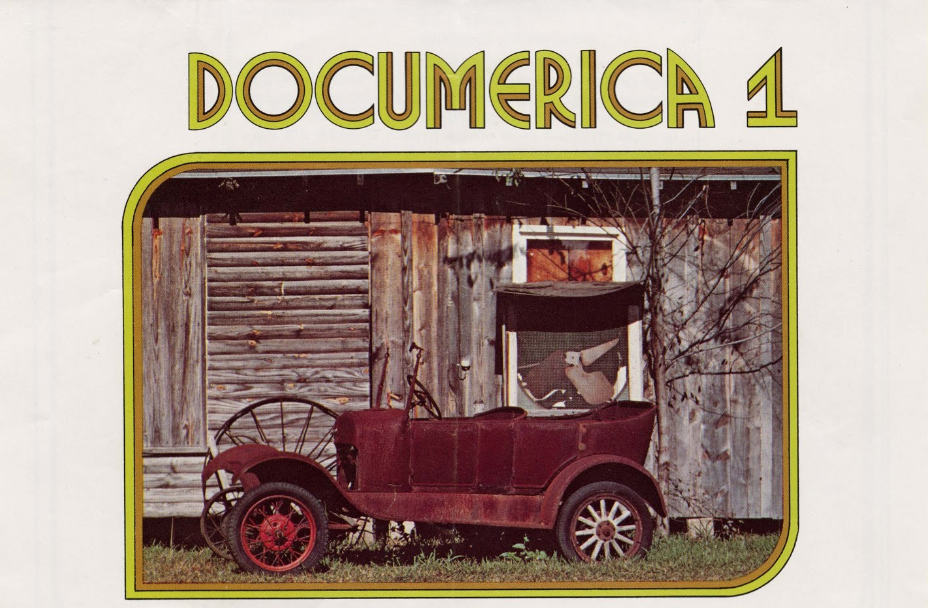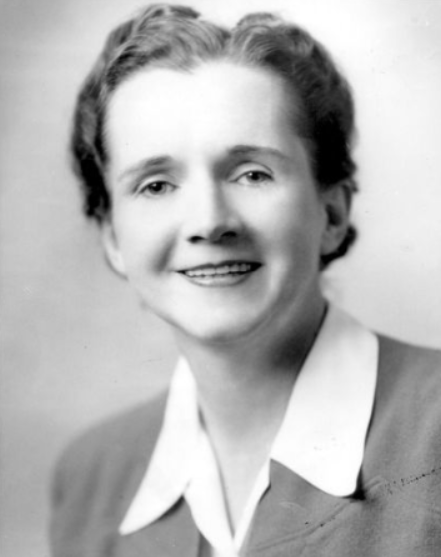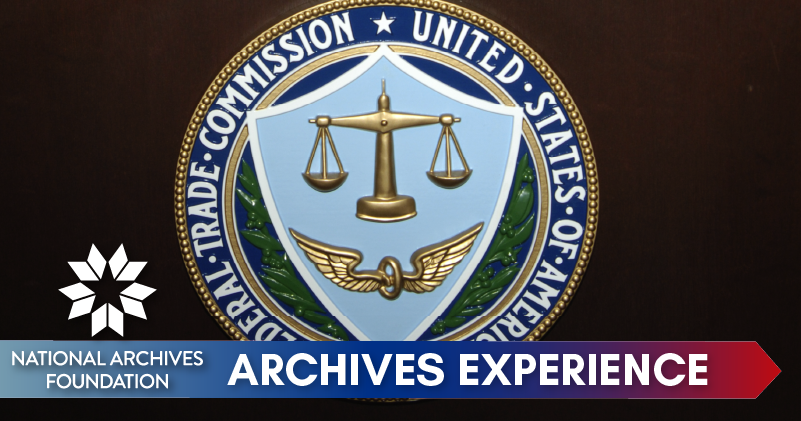Earth Day 2021

On Thursday we mark the 51st observance of Earth Day, a day aimed at galvanizing the public to take action to clean up the planet. Launched in 1970 in the U.S., mostly by young people, the movement went global in 1990. The Earth Day organization now claims that one billion people in more than 190 countries have taken part in Earth Day. The same year, President Richard Nixon committed government resources to the problem with the creation of the Environmental Protection Agency by executive order. This federal institution works to protect people and the environment from health risks.
The environment and climate change continue to be some of the most important and passionate issues for the Millennial and GenZ generations. Boy Scout and Girl Scout troops help clean up their neighborhoods and cities. Communities adopt highways and plant trees. Hybrid and electric cars dominate auto sales and bike lanes are popping up on nearly every street. Recycling bins abound. Whether it’s Earth Day or any day, for more than 50 years, citizens have added their individual contributions to the collective effort. This week, we look back at both environmental tragedies and triumphs documented in the National Archives.
🍃
Patrick Madden
Executive Director
National Archives Foundation
DOCUMERICA Project

Abandoned Automobiles and Other Debris Clutter an Acid Water and Oil Filled Five Acre Pond, it Was Cleaned up Under EPA Supervision to Prevent Possible Contamination of Great Salt Lake and a Wildlife Refuge Nearby
National Archives Identifier: 555849
In 1971, the EPA created the DOCUMERICA Project, hiring freelance photographers to document environmental problems, EPA activities, and everyday life across the United States. Not all the photographers chose to take pictures of environmental issues, but many of them did. Bruce McAllister took this shot of rusting cars in a polluted pond. Leroy Woodson documented the smog in Birmingham, Alabama, in 1972. The publication of photographs depicting the seriousness of pollution in the United States most certainly helped the cause of environmentalism.

Searching for the Seventies
The DOCUMERICA Photography Project
The National Archives is the repository for the results of the DOCUMERICA Project, including more than 22,000 color slides, black and white negatives, color transparencies, photographic prints, and 25 boxes of textual materials that support the photographic records. In 2015, the Archives also organized an exhibition titled Searching for the Seventies: The DOCUMERICA Photography Project that featured the work of some of the 115 photographers who took part in the project.
Catalyst for Change

Rachel Carson
National Archives Identifier: 166711290
Some say that the first Earth Day, observed on April 22, 1970, was the impetus for the establishment of the U.S. Environmental Protection Agency in December of that year. Other factors probably contributed, including a massive oil spill off Santa Barbara, California, in 1969. But the most frequently cited catalyst of the environmental protection movement is the publication of Rachel Carson’s book Silent Spring in 1962.
Born in 1907 in Springdale, Pennsylvania, Rachel Carson was an aquatic biologist who worked for the U.S. Bureau of Fisheries before becoming a full-time writer. She published The Sea Around Us, the first book of a highly praised trilogy about the ocean, in 1951. Then in 1962, she published Silent Spring, a dissection of the dangerous effects of chemical pesticides, particularly DDT, on many species, especially birds.

Rachel Carson with Bob Hines Conducts Marine Biology Research
National Archives Identifier: 166705838
As a scientist, Carson felt a great obligation to make sure that the science that informed the writing of Silent Spring was as accurate as she could make it, so she enlisted the help of prominent scientists to review the work before it was published. That said, by the time she published Silent Spring, Carson was already well respected for her ability to communicate complex concepts in lyrical prose.
As Carson anticipated, Silent Spring met fierce opposition from chemical companies, but it was also serialized in The New Yorker and chosen as a selection by the Book of the Month Club, which got it into the hands of people all across the country. Many people were horrified by what they read and were moved to take action.
While she was researching and writing Silent Spring, Carson was also battling breast cancer. She succumbed to the disease in 1964. She lived long enough to see her work hailed as ground-breaking and instrumental in boosting the environmentalist cause. In 1980, President Jimmy Carter posthumously awarded Carson the Presidential Medal of Freedom, the United States’ highest civilian honor.
Deepwater Horizon Oil Spill

BP Oil Spill
Oil spills, particularly in oceans, are devastating industrial disasters that are also far too common. One of the more recent and destructive oil spills occurred in April 2010, when methane gas exploded in the Deepwater Horizon oil rig, operated by British Petroleum, in the Gulf of Mexico. More than 90 workers were evacuated from the rig, several of whom suffered injuries. Eleven workers are still missing and are presumed dead. The rig sank two days later, on April 22, 2010.
View more photographic records taken by the Environmental Protection Agency documenting the BP Oil Spill
National Archives Identifier: 6879194
More than three months passed before the well was finally sealed off. In that time, nearly five million barrels of oil poured into the Gulf of Mexico. Millions of tons of oily debris were cleaned off beaches in the American South, and the toll on wildlife and marine habitats, tourism industries, and fishing industries persist to this day. Furthermore, oil slicks were spotted immediately after the explosion, but leaks continued after the well was officially declared sealed, creating new oil slicks. The U.S. government responded to the disaster by paying for the cleanup of beaches and wetlands and the containment and eradication of oil slicks at sea.
Cleaning up America

Kids Recycle – You can too!
Forty Years of Cleaning Up America: Honoring Earth Day with a Look at Photographs from Project DOCUMERICA
NARAtions blog
You might think that because you are a kid, you can’t do much about environmental pollution, but the fact is that young people have been leaders of the environmental movement from its very beginnings. From picking up trash to helping your family and school recycle, there are many ways that you can contribute to making the environment cleaner and safer for everyone.
“How to Destroy the Earth”

How to Destroy the Earth
National Archives Identifier: 7387382
Sometimes the best way to get your point across is to use satire. In 1990, the Boston office of the EPA produced a booklet titled “How to Destroy the Earth” that did just that. Featuring tips like “Run the water while you brush your teeth” and “Drive everywhere,” the booklet is sarcastic, snarky, and spot-on. It almost reads like something that might have been written today—and its advice is exactly what we still need.







